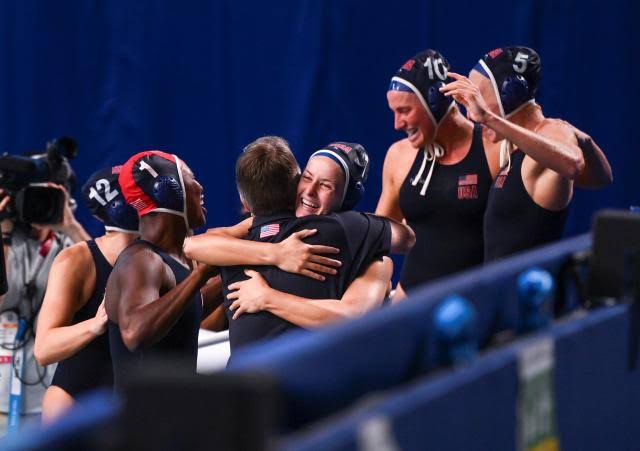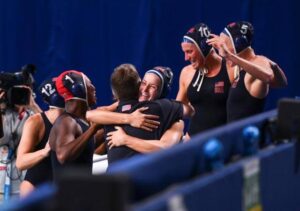
The current developments in women’s water polo, exemplified by the Los Angeles Aquatic Club’s strategic investments, impressive performances, and community outreach, underscore a transformative period for the spor

Women’s water polo is experiencing a remarkable surge in popularity and competitive intensity, reflecting broader trends in women’s sports. Recent developments in the sport, including the rising profile of various clubs and significant investments in infrastructure and player development, are shaping the future of women’s water polo. One club leading the charge is the reigning champion, the Los Angeles Aquatic Club (LAAC), which is making headlines with its strategic moves and impressive performances.
The LAAC women’s water polo team has been at the forefront of this wave of growth. Under the guidance of head coach Maria Gonzalez, the team has not only retained its position as a top contender but has also made significant strides in enhancing its facilities and expanding its outreach. The club’s recent acquisition of a state-of-the-art training facility, complete with advanced aquatic training equipment, underscores a broader trend in women’s sports where clubs are increasingly investing in resources to support athlete development and performance.
This investment in infrastructure is a direct response to the evolving demands of the sport. As women’s water polo gains prominence, there is a growing emphasis on providing athletes with the best possible training environments. The LAAC’s new facility includes high-tech video analysis tools and a dedicated strength and conditioning area, reflecting a commitment to supporting players both in and out of the water.
The club’s strategic approach is also evident in its recruitment and player development programs. The LAAC has recently signed several standout players from international markets, including Australian star Chloe Williams and Spanish goalkeeper Marta Ruiz. These signings are part of a broader trend where clubs are looking beyond domestic talent pools to enhance their competitiveness on the global stage. By integrating top international players, the LAAC aims to raise the overall standard of the team and increase its chances of success in international competitions.
Moreover, the LAAC’s youth development programs have been gaining attention. The club’s emphasis on nurturing young talent through grassroots initiatives and academies is reflective of a broader movement within women’s sports to build sustainable pipelines of talent. The LAAC has expanded its junior and collegiate programs, creating pathways for young players to progress through the ranks and eventually join the senior team. This focus on youth development aligns with the broader trends of growing investment in women’s sports at the grassroots level.
The current season has been particularly notable for the LAAC, with the team demonstrating exceptional form in domestic and international competitions. Their recent victory at the prestigious World Water Polo Championships highlighted their dominance and showcased the results of their strategic investments. The LAAC’s success on the international stage is a testament to the effectiveness of their approach and the rising standards of women’s water polo.
In addition to their on-field achievements, the LAAC has been proactive in engaging with fans and increasing the visibility of women’s water polo. The club has launched a series of initiatives aimed at promoting the sport, including community outreach programs, youth clinics, and social media campaigns. These efforts are designed to build a stronger connection with fans and inspire the next generation of players. The growing media coverage and fan engagement reflect a broader trend of increased visibility and support for women’s sports.
The rise of women’s water polo is also mirrored in the broader sports industry, where there is an increasing focus on gender equality and investment in female athletes. The success of clubs like the LAAC is contributing to a more level playing field and helping to break down barriers that have historically limited opportunities for women in sports.
In summary, the current developments in women’s water polo, exemplified by the Los Angeles Aquatic Club’s strategic investments, impressive performances, and community outreach, underscore a transformative period for the sport. As the popularity of women’s water polo continues to rise, clubs are making significant strides in enhancing their competitive edge and supporting their athletes. The LAAC’s success and proactive approach reflect broader trends in the industry, highlighting the exciting future of women’s water polo and its growing impact on the global sports landscape.







